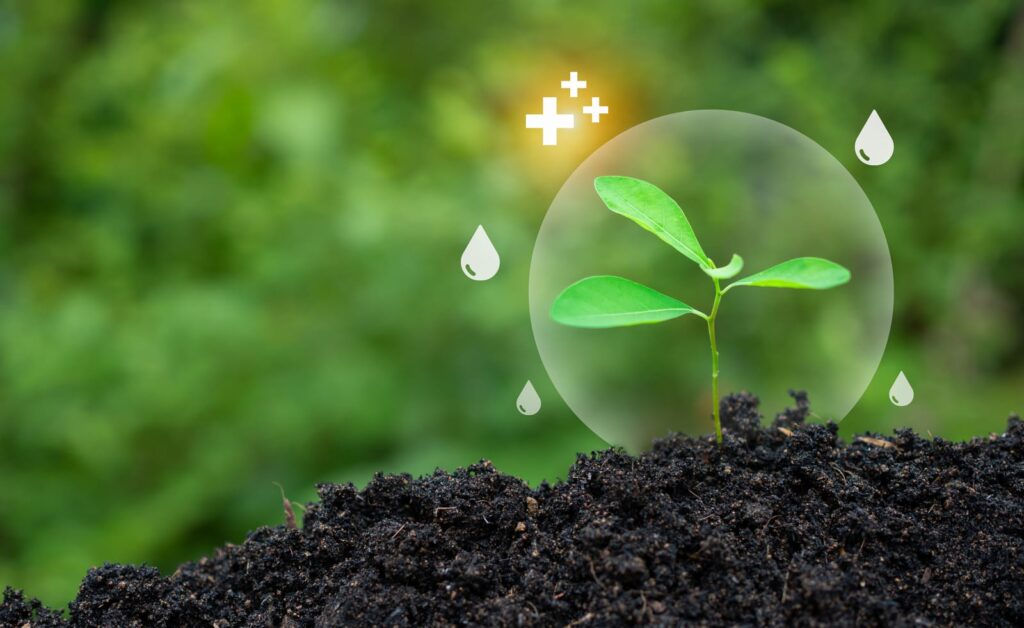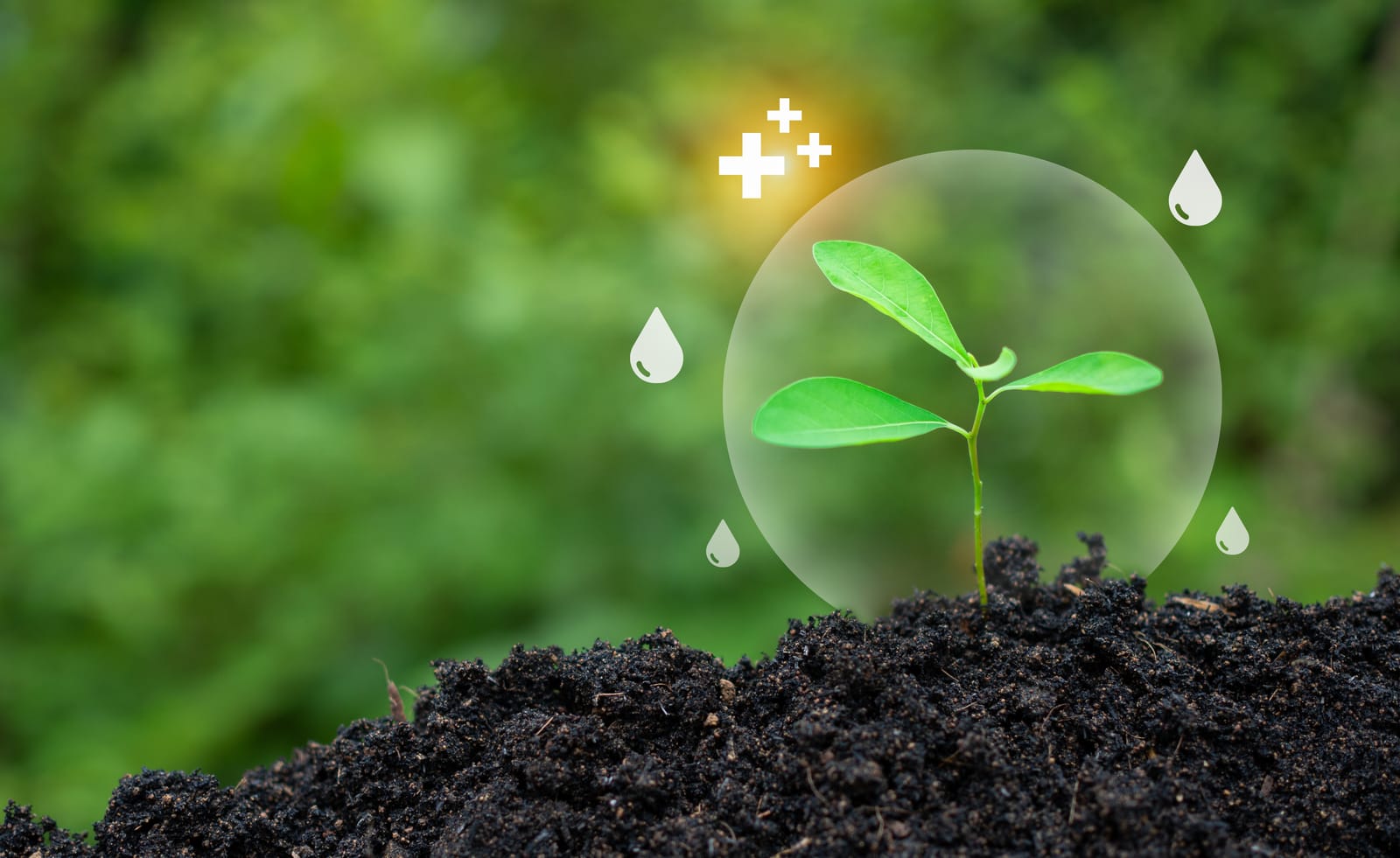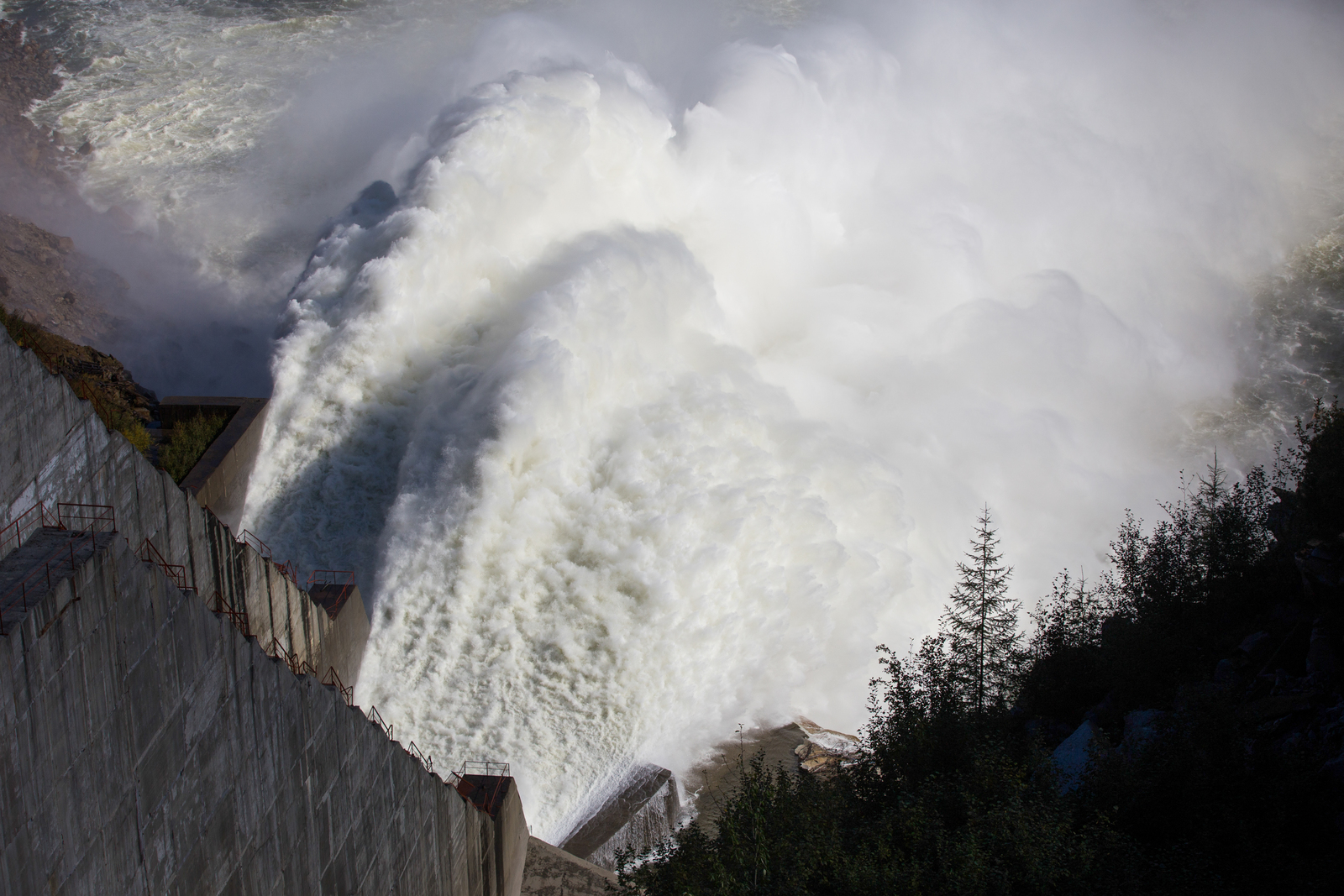
I. Introduction: Access to Water
A. Definition of global water resource issues
Global water resource issues refer to the challenges and problems associated with the availability, access, and management of freshwater on a global scale. These issues arise due to a combination of factors including climate change, population growth, urbanization, industrialization, and unsustainable agricultural practices.
B. Importance of global water resource issues
Water is an essential resource for all life on Earth. It is vital for human health, food production, industrial processes, and maintaining ecological balance. However, with the increasing demand for water and the mounting pressures on water sources, global water resource issues have become of paramount importance.
C. Purpose of the article
The purpose of this article is to explore and understand the causes, effects, and potential solutions for global water resource issues. By examining different case studies and discussing various strategies, we aim to provide valuable insights and knowledge on how individuals and policymakers can address these pressing challenges.
II. Causes of global water resource issues
A. Climate change
Climate change has a significant impact on global water resources. Rising temperatures lead to increased evaporation rates, changes in precipitation patterns, and disruptions in water cycles. This results in altered water availability and distribution, causing droughts in some regions and flooding in others.
B. Population growth
With a growing global population, the demand for water has been steadily increasing. More people mean a higher need for freshwater for drinking, sanitation, and agriculture. The strain on water resources is further amplified by urbanization and the subsequent expansion of cities, putting additional pressure on limited water supplies.
C. Urbanization
The rapid urbanization trend has led to an increased concentration of population and infrastructure in cities. Urban areas consume vast amounts of water for various purposes such as household use, industries, and commercial activities. However, the infrastructure and management systems often fail to keep pace with water demand, resulting in water scarcity and stressed resources.
D. Industrialization
The industrial sector is a significant consumer of water, using it for manufacturing processes, cooling, and waste disposal. Industries often extract water from nearby sources, leading to depletion and contamination of water bodies. The discharge of pollutants and chemicals from industrial activities further exacerbates the water quality issues.
E. Agricultural practices
Agriculture is the largest consumer of freshwater globally, accounting for approximately 70% of water withdrawals. Irrigation methods, such as flood irrigation and inefficient water use, contribute to excessive water usage and wastage. Moreover, the use of chemical fertilizers and pesticides in agriculture has led to water pollution, harming both human health and ecosystems.
Addressing global water resource issues requires a comprehensive understanding of these underlying causes. In the next section, we will explore the effects and consequences of these issues on various aspects of society and the environment.
III. Effects of global water resource issues
A. Water scarcity and water stress
One of the most immediate effects of global water resource issues is the occurrence of water scarcity and water stress. Water scarcity refers to the physical unavailability of sufficient water resources, whereas water stress occurs when the demand for water exceeds the available supply. These conditions lead to inadequate access to clean water for drinking, sanitation, and other essential needs.
B. Droughts and famines
Global water resource issues contribute to the occurrence and severity of droughts and famines. Changes in precipitation patterns and increased water scarcity intensify the frequency and duration of droughts in many regions across the world. Droughts, in turn, result in reduced crop yields, food shortages, and hunger, particularly in vulnerable and agriculturally-based communities.
C. Spread of waterborne diseases
Insufficient access to clean and safe water supplies is a breeding ground for waterborne diseases. Inadequately treated or contaminated water sources can lead to the spread of diseases like cholera, typhoid, and dysentery. Lack of proper sanitation facilities exacerbates the problem, as wastewater can contaminate freshwater sources, perpetuating a dangerous cycle of waterborne illnesses.
D. Ecological impacts
The degradation of aquatic ecosystems and loss of biodiversity are significant consequences of global water resource issues. Reduced water availability affects the health and functioning of rivers, lakes, wetlands, and other freshwater habitats. This, in turn, jeopardizes the survival of numerous plant and animal species that are dependent on these ecosystems. The decline in ecosystem services provided by freshwater habitats further exacerbates the impacts on human well-being.
E. Socioeconomic impacts
Global water resource issues have far-reaching socioeconomic impacts. Water scarcity and unreliable water supplies can have severe implications for agriculture, leading to reduced crop yields and financial losses for farmers. The industrial sector also suffers, facing disruptions in production processes and increased costs due to the need for alternative water sources. Additionally, inadequate access to water and sanitation services affects education, gender equality, and economic development, particularly in developing countries.
IV. Solutions for global water resource issues
A. Sustainable water use and management practices
Implementing sustainable water use practices is crucial for mitigating global water resource issues. This includes promoting water-efficient technologies, optimizing water use in agriculture, and adopting innovative water management techniques such as rainwater harvesting and greywater recycling. Additionally, integrated water resource management approaches that consider the interconnectedness of different water sources and stakeholders can help ensure long-term water sustainability.
B. Water conservation and efficiency
Conservation and efficiency measures play a significant role in addressing global water resource issues. Increasing public awareness about the importance of water conservation encourages individuals to take actions like reducing water waste, fixing leaks, and using water-efficient appliances. Similarly, implementing efficiency measures in industries and agriculture, such as precision irrigation and water-efficient manufacturing processes, can substantially reduce water consumption.
C. Investment in water infrastructure
Investing in water infrastructure is crucial for ensuring equitable access to clean water and sanitation services. Developing and maintaining water storage facilities, pipelines, treatment plants, and distribution networks helps mitigate water scarcity and improves water quality. Additionally, investing in decentralized solutions, such as rainwater harvesting systems and small-scale wastewater treatment plants, can help meet local water needs.
D. Improved agricultural practices
Promoting sustainable agricultural practices is essential in reducing water usage and pollution. Implementing precision irrigation techniques, adopting agroecological farming methods, and utilizing drought-resistant and water-efficient crops can optimize water use in agriculture. Additionally, enhancing soil health through practices like conservation agriculture and agroforestry improves water retention and reduces erosion, contributing to long-term water sustainability.
E. Policy and governance frameworks
Effective policy and governance frameworks are vital for addressing global water resource issues. Governments need to develop and enforce regulations that safeguard water resources, ensure equitable water distribution, and promote sustainable practices. International cooperation and coordination are also crucial, considering that water resources often cross national boundaries. Engaging stakeholders, including local communities, indigenous peoples, and civil society organizations, in decision-making processes fosters inclusive and participatory water governance.
Next, we will explore specific case studies that highlight the various global water resource challenges faced by regions around the world.
V. Case studies of global water resource issues
A. Cape Town, South Africa
Cape Town faced a severe water crisis in 2018, which nearly led to a complete shutdown of the city’s water supply. A combination of persistent drought, population growth, and limited water infrastructure put immense pressure on available water sources. Through strict water restrictions, public awareness campaigns, and improved management practices, Cape Town managed to avert a full-blown catastrophe. However, the crisis served as a wake-up call for the urgent need to implement sustainable water management strategies.
B. Chennai, India
Chennai, a major city in India, experienced a crippling water crisis in 2019. Rapid urbanization, encroachments on water bodies, and weak governance contributed to the depletion of groundwater and inadequate water supply. The city faced significant disruptions, with residents having to rely on water tankers for their daily needs. Addressing these challenges requires a multipronged approach, including rainwater harvesting, restoration of water bodies, and efficient water distribution systems.
C. Colorado River Basin, United States
The Colorado River Basin provides water for over 40 million people and sustains vital ecosystems in the arid western United States. However, overallocation, prolonged droughts, and climate change are straining the water resources of this region. The declining water levels in reservoirs and increased competition for water pose significant challenges for water management. Collaborative efforts, water conservation programs, and innovative solutions like water banking are being implemented to address these issues.
D. Mekong River Basin, Southeast Asia
The Mekong River Basin is facing a complex set of challenges due to hydropower dam development, climate change, and unsustainable water extraction practices. These factors not only impact water availability but also alter the ecological dynamics of the river, affecting the rich biodiversity and the livelihoods of millions of people who depend on the river for fishing and agriculture. Enhancing transboundary cooperation, implementing sustainable hydropower practices, and preserving the river’s ecological integrity are priorities for the region.
E. Aral Sea, Central Asia
The Aral Sea, once one of the largest inland seas, has suffered a catastrophic decline due to unsustainable irrigation practices. The diversion of water from the Aral Sea basin for agricultural purposes resulted in the shrinking of the sea, causing severe environmental and socioeconomic consequences. Efforts are underway to restore the sea and revive the local economies through measures like water conservation, ecological restoration, and the development of alternative livelihoods.
FAQs
What are some of the main issues related to global water resources?
The main global water resource issues include water scarcity, water stress, lack of clean drinking water, and sanitation problems.
How many people worldwide lack access to clean drinking water?
According to the World Wildlife Fund, about 2 billion people worldwide do not have access to safe drinking water.
What is the global water crisis?
The global water crisis refers to a situation where there is not enough accessible water to meet the needs of people for domestic use, agriculture, and industry.
What is water scarcity?
Water scarcity is the lack of adequate water resources for a population to meet its needs for at least one month of the year.
What is water stress?
Water stress is a situation where the demand for water exceeds the available supply.
What does the term sustainable mean in the context of water management?
The term sustainable means that water resources are being used in a way that ensures their availability for future generations.
What are some of the causes of water scarcity and stress?
Causes of water scarcity and stress include population growth, climate change, overuse of water resources, poor water management, and pollution.
What is an aquifer?
An aquifer is a geological formation that holds and transmits water underground.
What is the goal of sustainable management of water and sanitation?
The goal of sustainable management of water and sanitation is to ensure access to clean water and basic sanitation for all people, while preserving water resources for future generations.
How important is access to clean water?
Access to clean water is essential for human health and wellbeing, and to support economic development and environmental sustainability.
VI. Conclusion
In conclusion, global water resource issues pose significant challenges to societies, economies, and ecosystems worldwide. From water scarcity and droughts to the spread of diseases and ecological degradation, these issues have far-reaching impacts. However, there are viable solutions available to address these challenges.
By adopting sustainable water use practices, promoting conservation efforts, investing in water infrastructure, improving agricultural practices, and implementing effective policies and governance frameworks, we can work towards achieving water security and resilience.
It is crucial for both individuals and policymakers to recognize the urgency of the situation and take decisive actions. From turning off the tap while brushing our teeth to implementing comprehensive water management plans, every effort counts in securing our global water resources for future generations.
Let us join hands and prioritize sustainable water management, ensuring equitable access to clean water for all and preserving this precious resource for a prosperous and sustainable future. Together, we can make a difference.



